
Let’s Talk Rigs and Traces – The Aussie Way
Let’s Talk Rigs & Traces – The Aussie Way 🎣
Righto legends, let’s clear up the age-old question I get almost every week:
"What rig do you use, and why the bling on your traces?"
It’s a fair question, so let’s break it down from the top.
💡 Rigs — What’s the go?
When I first started chucking baits off the beach I ran a standard two-hook paternoster (dropper or hi low) rig. My logic was simple: two baits = double the chance.
But here’s the thing — that’s not always true.
Sure, in the right spots like river mouths or calm ledges a two-hook rig can work well, especially when you want to run different baits. But on open surf beaches — places like Stockton, South Ballina, or even Ocean Beach on a proper swell — they’re a pain. Too much water resistance, limited casting distance, and the rig gets slapped around in the wash.
Eventually, I moved to a single-hook ledger rig. Less drag, better distance, and fewer tangles. Still, the bait doesn’t swim naturally — it’s locked in by the snood.
Now? I run three main rigs depending on the spot:
-
Running Ball Sinker Rig – Perfect when there’s a gutter or a deeper channel closer in or fishing a river mouth.
-
Pulley Rig – This one's the go-to for long-distance casting. Great off the beach when you need to punch your bait way past the breakers.
-
Long Cast Running Rig – Kind of a hybrid. You peg the sinker, let the bait drift about 1.5m away. Great if you want natural movement and distance.
The key with pulley rigs is they’re streamlined. Less drag = more distance. Your bait sails out like a bullet with the sinker, and once it hits the sand, it detaches and settles just nicely.
Bottom line? Every rig’s got its moment. Learn when to use each, and you’ll up your chances massively.
🎯 Traces — Bling or Bare?
Here’s another one I hear all the time:
"Do skirts and lumo beads actually work?"
Short answer: Depends what you’re chasing.
Some old-school fishos reckon bare hooks and fresh bait is all you need — and sometimes that’s true. But in my experience, a bit of bling can turn a dead session into a bin-buster.
Think about lures — they’re all flash and no bait, and they still smash fish. Same idea applies here. The surf current gives your beads and skirts just enough wobble to draw attention.
What I Run:
-
Trace line: 50lb supple mono (gives a bit of movement, still tough enough for big snapper).
-
For moki & trevs: No skirts, just lumo beads — or even bare when they’re being shy. Moki love crabs and shellfish — nothing flashy. Keep it natural.
-
For snapper & gurnard: I go hard on the skirts. Orange and pink skirts for snapper, green and orange for gurnard — they go off.
-
Crabs on the chew? Run a float trace — keeps your bait up off the deck and out of their claws.
🪝 Hook Setup
-
Standard setup: 5/0 main with a 3/0 keeper — or 4/0 with a 2/0 if the fish are finicky.
-
Using cray or big slab bait? One big 5/0, no keeper needed.
Quick Tips:
-
Wavey beaches? Run pulley or long cast rigs.
-
Close gutters or estuary mouths? Running rig every time.
-
Night fishing? Chuck on a lumo bead or two — even on the sinker line.
-
Flathead, gurnard, snapper: Flashy traces with skirts = more strikes.
-
Moki or trevally: Natural and subtle = more hookups.
At the end of the day, there’s no “one size fits all” — but knowing when and where to use each setup is what separates the lucky fishos from the consistent ones.
Give these a crack next time you're on the sand, and let me know how you go.
Tight lines and happy casting! 🎣🇦🇺
– ReproBaits Crew
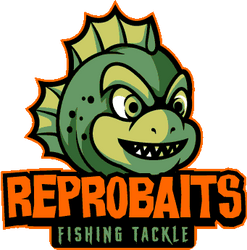
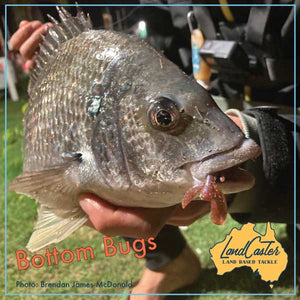
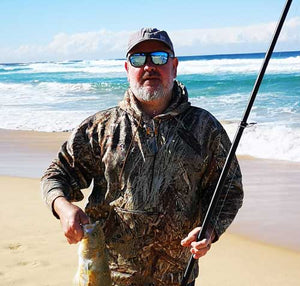
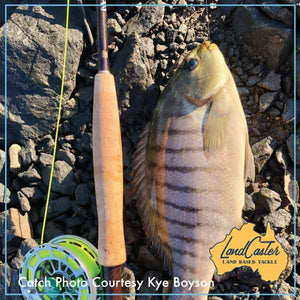
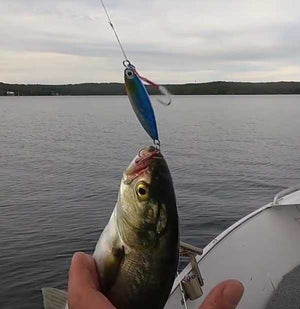
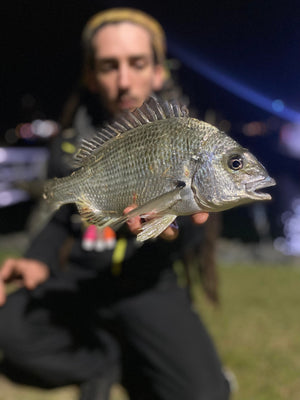
Leave a comment